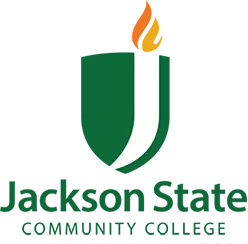In order to successfully complete the clinical component of the RADT program and be employed as an entry-level diagnostic radiographer, students must be able to perform certain physical tasks and to model appropriate types of behavior necessary for proper patient care and safety.
Students must be able to:
Communication
- Communicate clearly and effectively (verbal and written) with patients, family members, and all others of the health care team using the English language.
- Communicate and interact professionally with all members of the health care team, patients, and their families to accomplish tasks.
- Understand and comprehend written English in order to properly determine patient needs.
- Accept feedback concerning perofrmance without becoming angry or defensive and use feedback to strengthen future work.
Social Skills
- Demonstrate effective emotional behaviors to ensure safety while caring for patients and working with others.
- Take responsibility for his/her work without blaming others or making excuses.
- Remain mentally and physically alert while performing clinical duties and be able to concentrate for long periods of time (cannot be altered by illegal drugs/alcohol; excessive medication, sleep deprivation, etc.)
- Exhibit maturity and self-control, even in situations involving conflict or stress; does not verbally or otherwise abuse others.
- Demonstrate respectfu behaviors in the presence of patients, health care members, family members, faculty, and fellow students.
Hearing Ability
- Possess sufficient auditory perception to be aware of warning techniques such as low-sounding equipment buzzers, fire alarms, overhead pages, patient monitoring devices, phones ringing, etc.
- Communicate with patients when background noise may be high; be able to hear faint or muffled sounds from a distance.
Visual Acuity
- Possess sufficient visual acuity to read departmental protocols, exam orders in patient records, evaluate patient monitoring devices in areas of low and high light, and to properly evaluate the differences in shades of gray on radiographs.
Motor Skills, Strength, and Mobility
- Use sufficient fine motor skills to grasp small objects required to perform imaging and patient care procedures such as properly filling syringes and manipulating locks on radiographic equipment.
- Possess adequate sensory perception in at least one upper limb to properly determine the location of topographical landmarks for accurate patient positioning.
- Must be able to lift heavy objects from the ground (more than 25 lbs).
- Move patients from a wheelchair or stretcher to an exam table and back; requires being able to push and pull heavy objects and have proper use of all four limbs.
- Raise arms above the head and in all directions in order to properly manipulate various types of equipment used in patient care and imaging procedures.
- Stand, unassisted for long periods of time; at least 90% of clinical shift.
- Walk, unassisted for long periods of time; at least 90% of clinical shift.
- Perform physical tasks such as lifting, reaching, walking, etc. in a rapid fashion due to emergency conditions.

